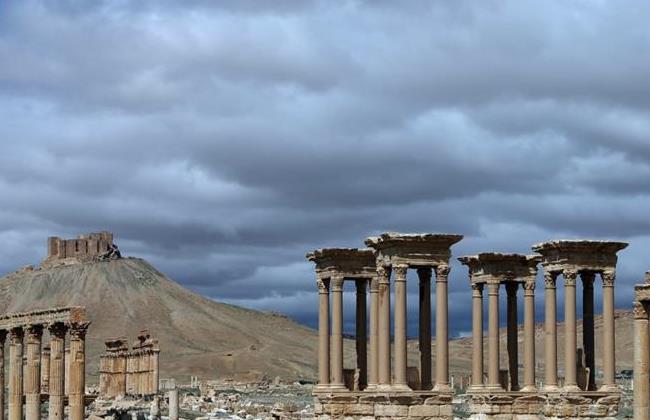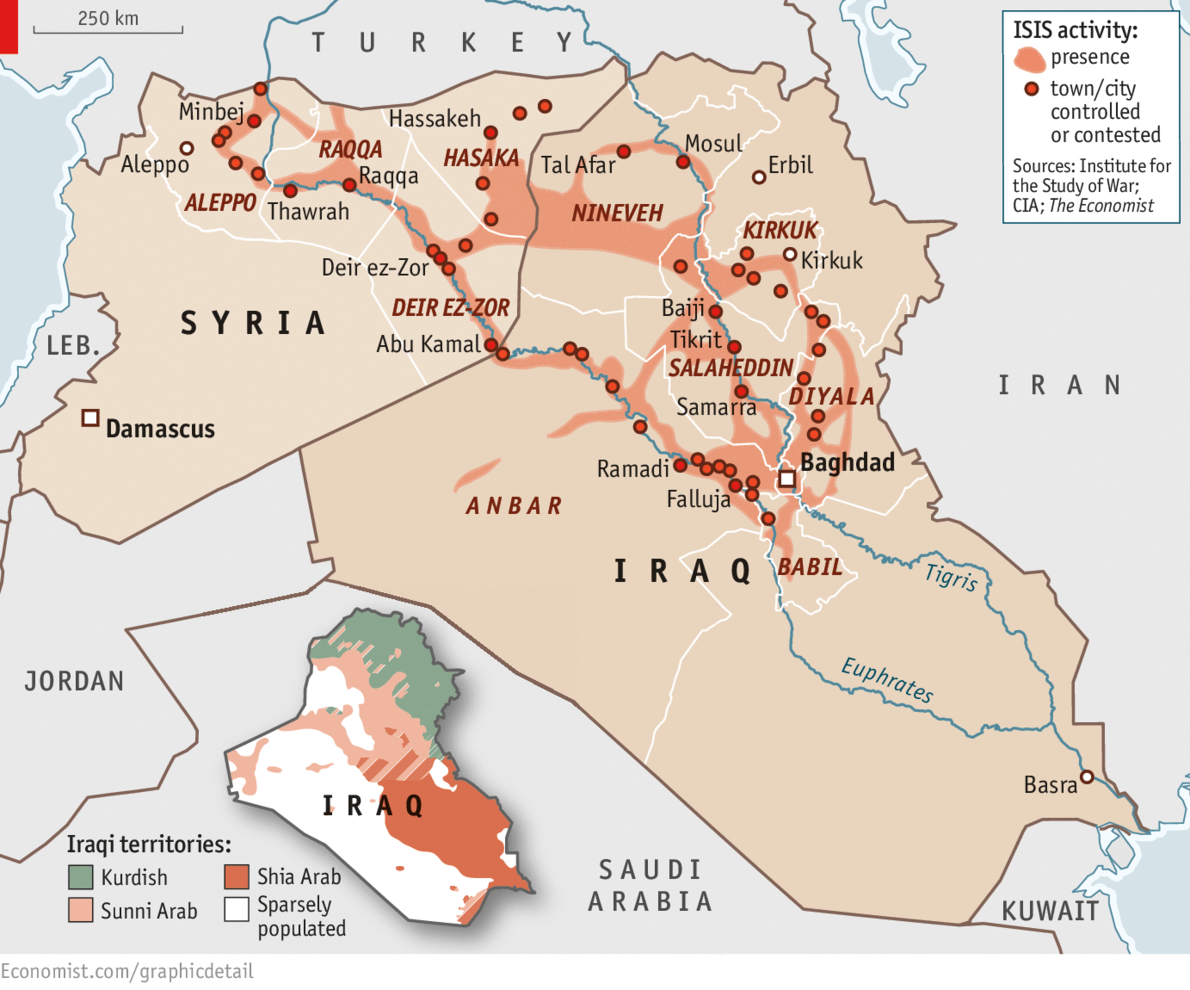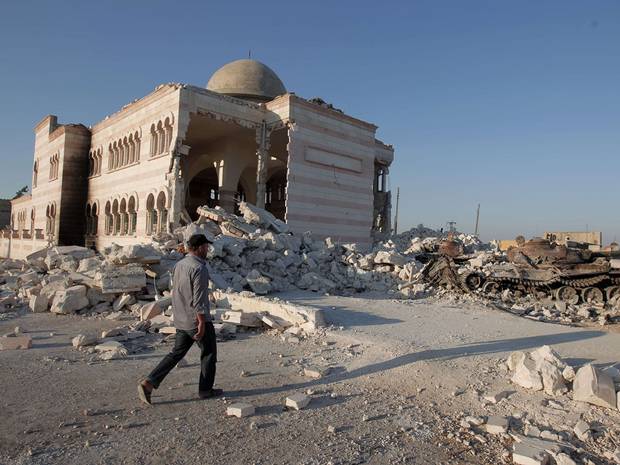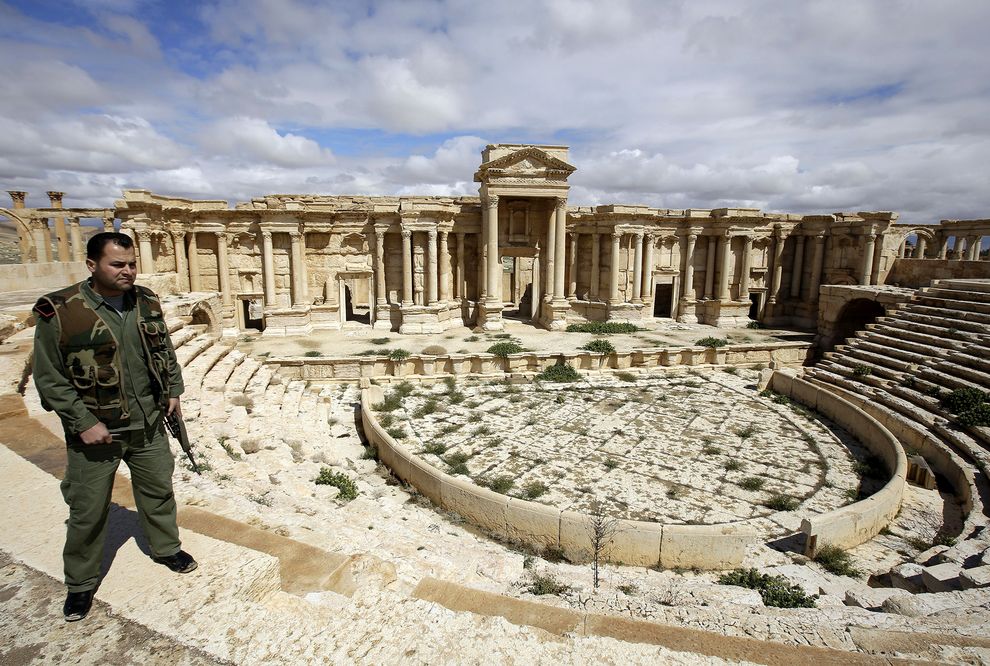by Sara Ibrahim
The illicit trade of ancient artifacts in Syria is the second source of ISIS income. It’s important to clarify that in the first attempt to really evaluate the issue on a social-political-human-economic scale. In fact, the terrible smuggling of artifacts in Syria affects the international community not only from a cultural point of view, but also from an ethical and social one.
We can reasonably say that every one of us is, from a certain point of view, deeply touched by this phenomenon, which steals from humanity its highest heritage: history, beauty, and roots. Generally speaking, I can’t totally conceive of the private collection of antiquities itself, I’m deeply convinced that art theoretically – and I say it again: theoretically – belongs to every human being and should be equally enjoyed by humankind as a whole. I know that this can sound like drastic thinking (or maybe only naïve), but the question is: Can we really give a price to history? Can we really sell some of the deepest – and surely most interesting – parts of who we are, who we were?
ISIS vs Cultural Heritage: The invisible war
Looking at the illicit trade of antiquities from this perspective, it is evident how much we are losing as human beings and as communities. There’s no need to comment on ISIS policy; we all know perfectly who we are dealing with: ruthless mercenaries with no interest in the human race and its progress, who are taking advantage of the unstable and messed up political situation in Syria and Iraq in order to establish an obsolete yet cruel paroxysm to the caliphate called “Islamic” with the help of technology (isn’t it contradictory? I thought technology was the horrific weapon used by the corrupted part of the Earth – the West).
Some numbers: thirty to fifty percent of ISIS income is thought to come from the looting of ancient artifacts; from 2011 to 2013 the value of art imported from Egypt, Iraq, Lebanon, Syria, and Turkey rose 86 percent, with a nearly 133 percent increase of imports from Syria. And if we think that ISIS income appears to include up to 36 million dollars only from trafficking commodities from the al-Nabuk region of Syria, we can really understand the importance of looting in the region. We can’t define it without using euphemisms such as barbarian and brutal.
MOTHERLESS CHILDREN
Another disquieting element to point out is that it’s nearly impossible to trace the path of artifacts that go out of Syria. When they pass the borders, they simply stop to exist as they were found, losing their own original state and identity through the chain of middlemen and traffickers. It’s a sort of metaphor of slavery, where the victims of the slave trade are those pieces of art torn away from a decent fate and recognition of their artistic and historical value, jeopardized by unscrupulous traffickers.
So now the question is: Why are international institutions not trying their best to prevent the looting and smuggling? Is there anything we can do to save future antiquities from being smuggled? It is arduous to speak about laws and rules and international regulations that could be applied to prevent the illicit trade of artifacts, in regions where wars and tribal power are stronger than the international claims, but silence is not the pill this time.
The harsh sound of silence
Since no one is lifting a finger, it isn’t even clear whether the international community is really aware of the catastrophic consequences of the smuggling, if it won’t be fought and stopped without further hesitations. In 2003, the U.N. passed a resolution banning the trade of antiquities from Iraq, a measure that had positive effects on slowing down the looting. So experts and activists are raising their voices, hoping the U.N. will apply a similar resolution for Syria.
That being said, it is wrong to associate ISIS income to a generic smuggling activity, focusing more on oil rather than on antiquities. We are lead to think that ISIS’s core business is oil, because it intercepts the most powerful interests on a global scale, but the truth is that the real core business – when you are an illicit political identity – is the one that lets you cheat on the international community more easily.
The very fact that the most powerful leaders and communities on this planet have control of oil is a sort of natural deterrent in some ways. In fact, ISIS understood soon enough the importance of diversifying its illicit business activity.
The art of gambling
The smuggling of ancient artifacts is only a part of this plan, but its role is far more important than we could truly imagine. Why is that? Because it’s easier for dealers who control the borders or know the territory very well to counterfeit documents and let the final buyers (museums, auction houses, etc.) lose track of the object’s real pedigree just to make it look legal.
We notice too often that powerful interests can be a sort of “guarantee”, but in order to understand the real impact of the illicit antiquities trade on humanity, we should ask ourselves this question: “How much do we lose as human beings from oil smuggling? And how much from ancient artifacts looting?” The answer is as clear as day.




